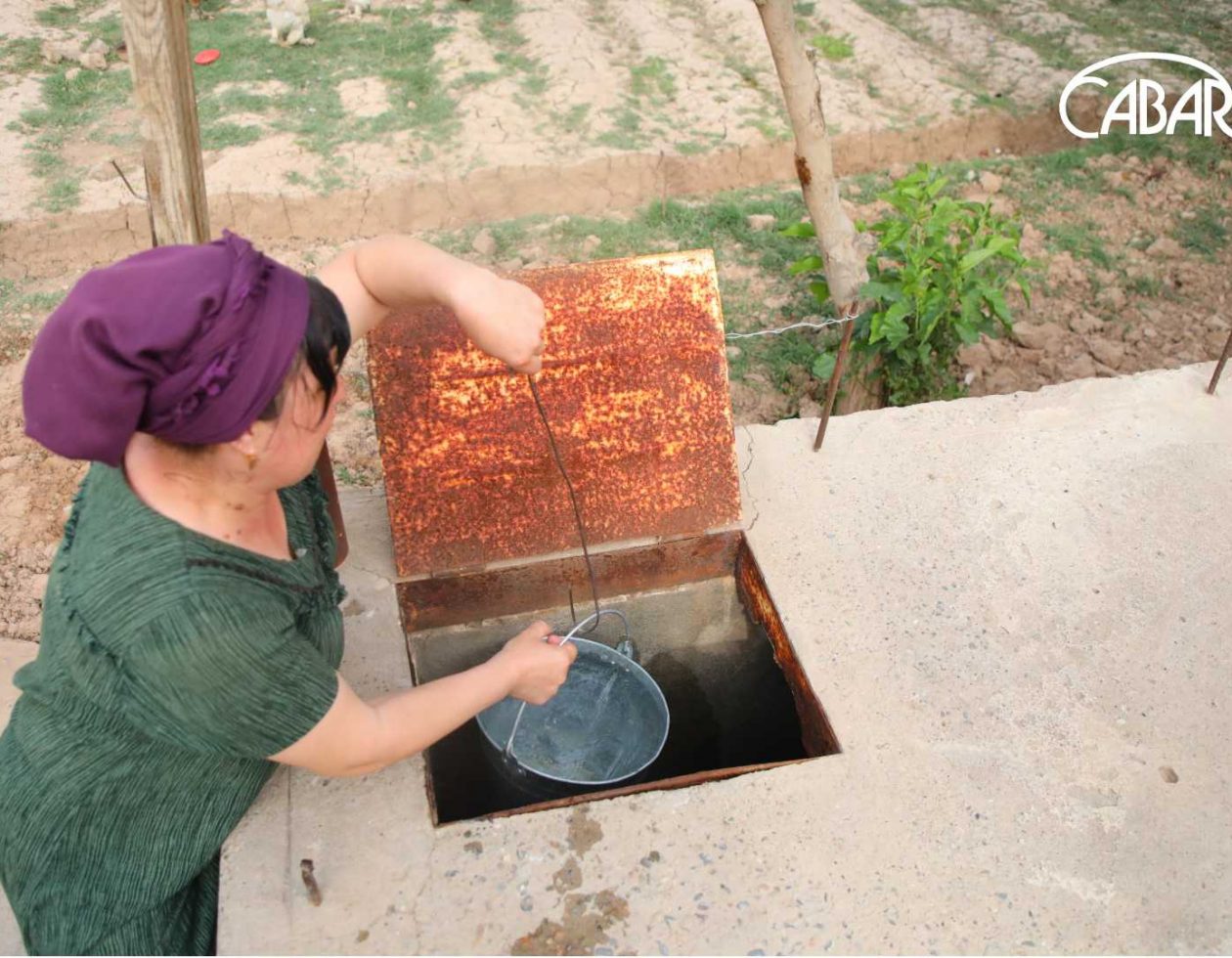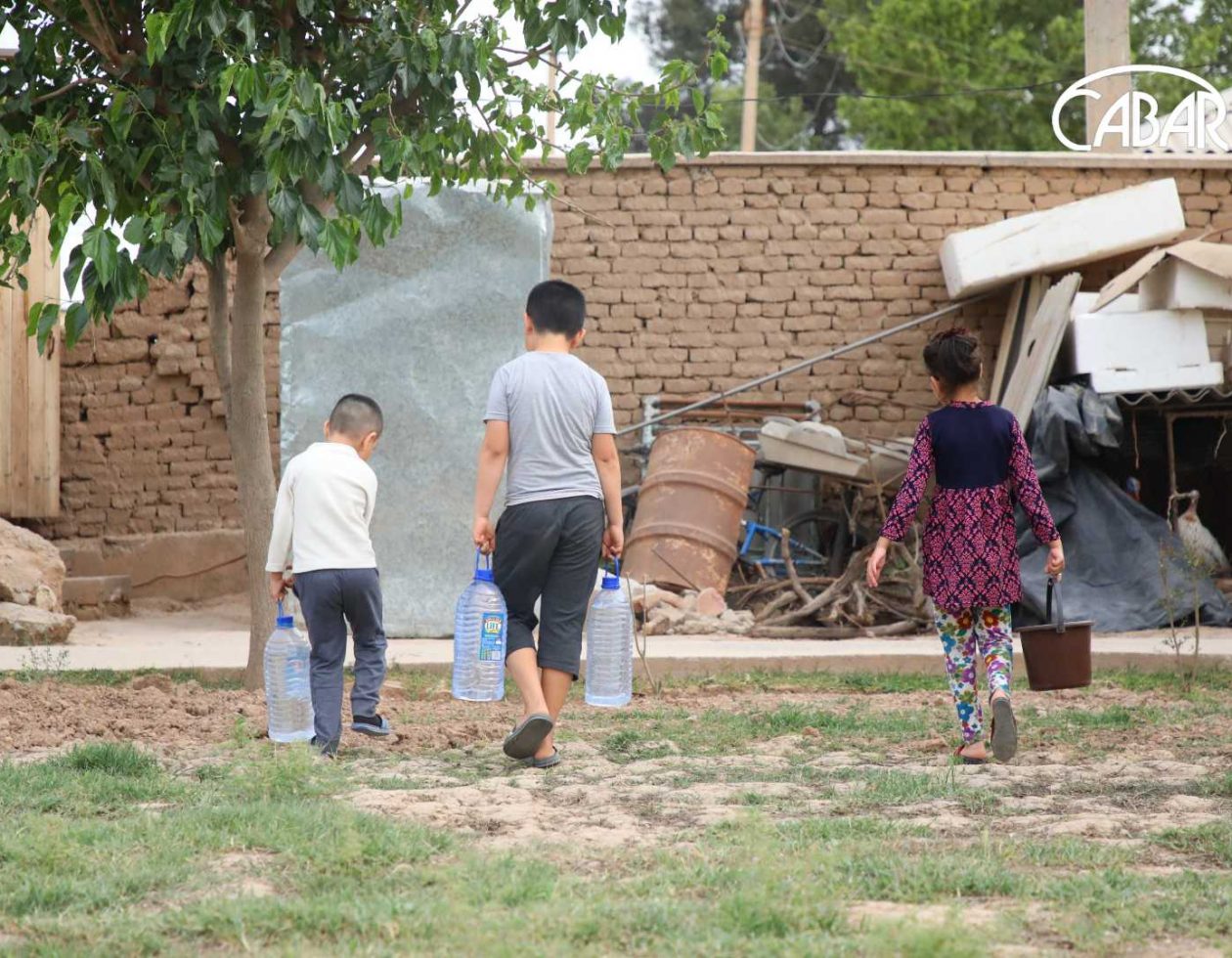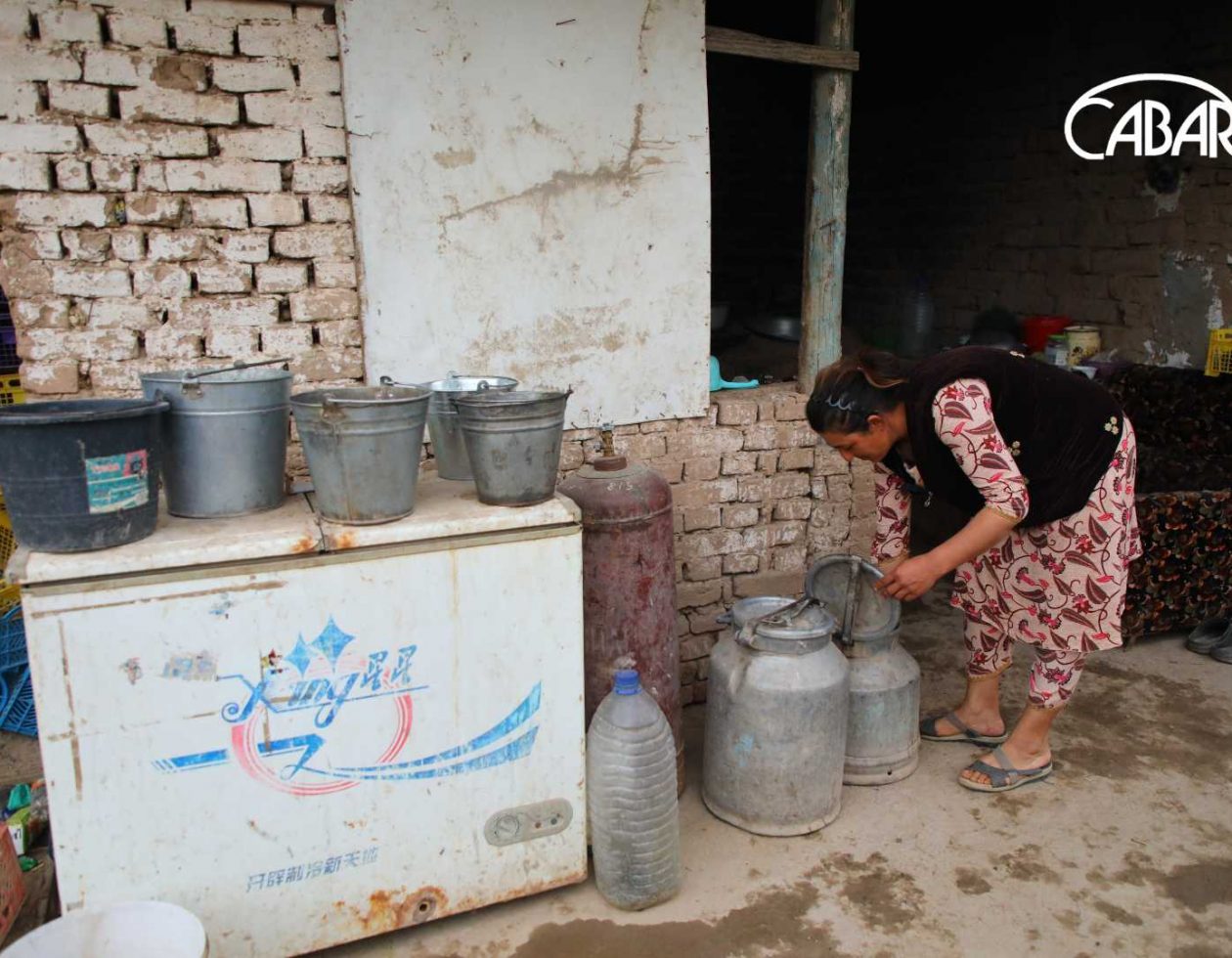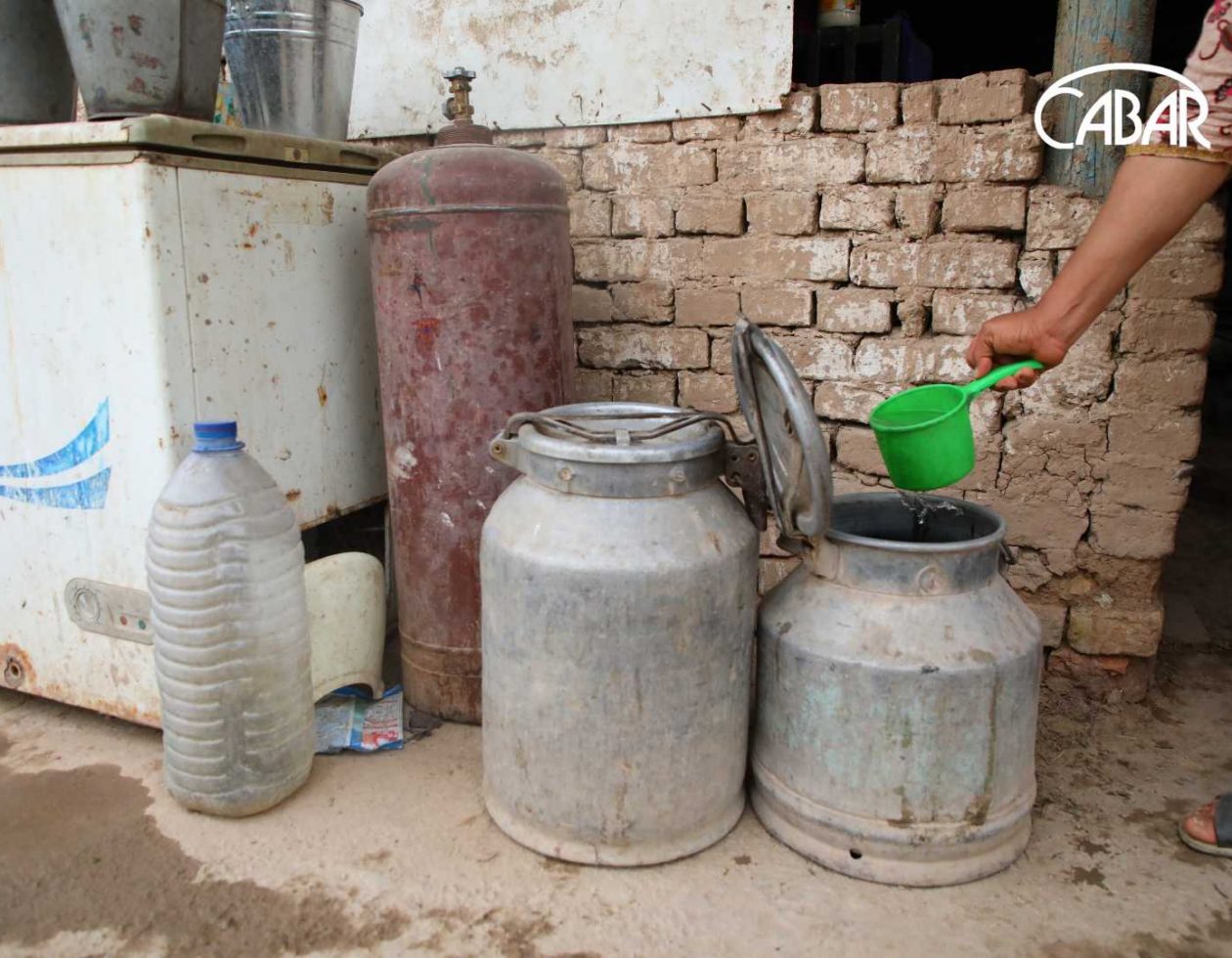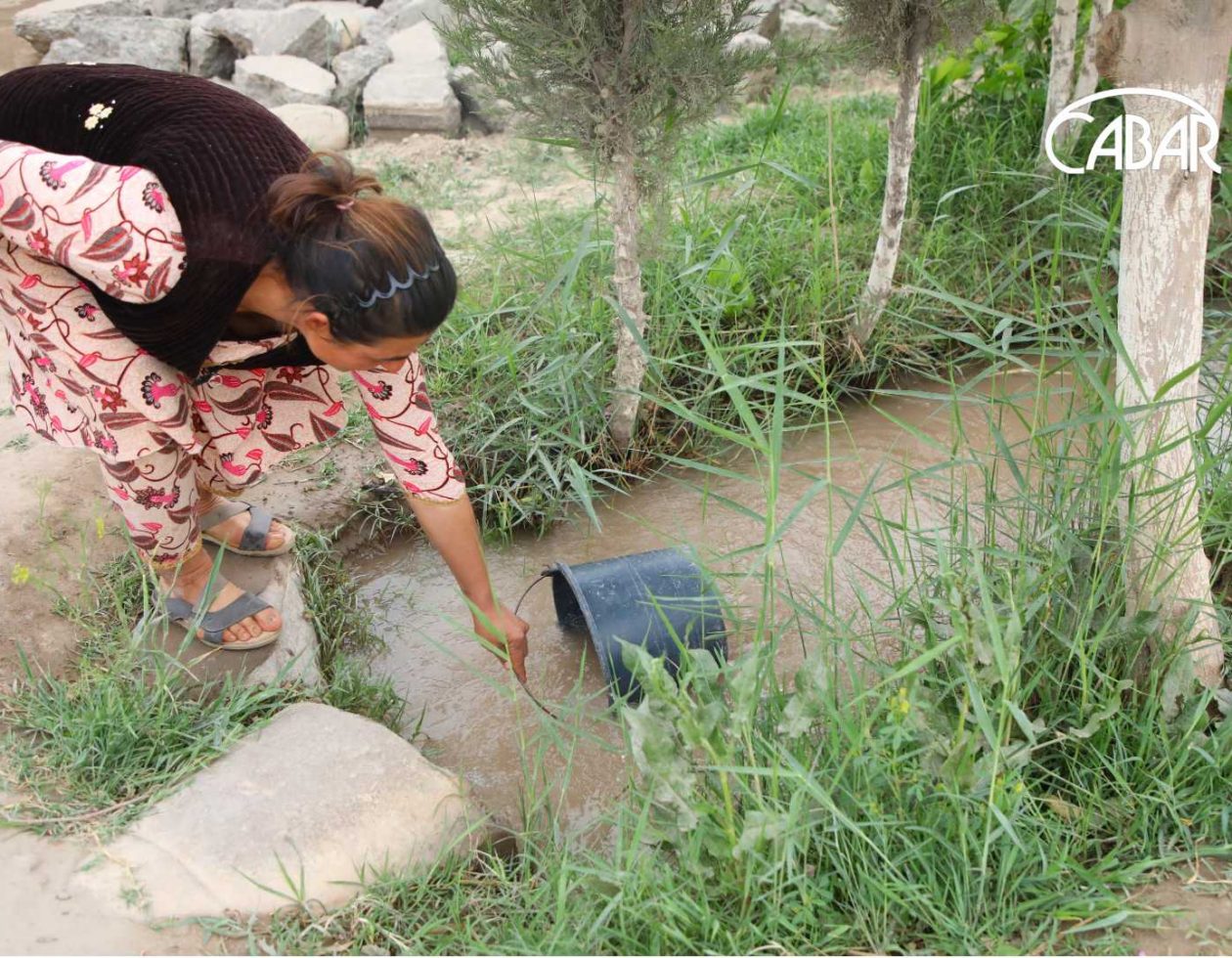The problem of clean drinking water remains acute for the population of Uzbekistan. In addition to global warming, frequent droughts, irrational use of water resources, irrigation of irrigated land with fresh, potable water, coupled with the deterioration or absence of water supply networks in some parts of the country, aggravate this problem.

69.7% of the population of Uzbekistan have access to centralized drinking water. The remaining 30.3% use alternative water sources. Such data is given by JSC “Uzsuvtaminot”, the agency responsible for water supply in the country. 9% of them, mainly in non-drinking areas, deliver drinking water in personal vehicles or carry it on their own.
According to the department, the lowest availability of centralized drinking water is in several regions of the republic: Kashkadarya region – 43.3%, Surkhandarya region – 58.6% and Djizak region – 58.7%.

“The population living in remote, rural areas of the country receives water from alternative sources. The quality of such water is not guaranteed (except for drinking water delivered by special vehicles). Poor quality drinking water can cause diseases such as hepatitis, diarrhea, and dysentery. And using it for domestic purposes can cause diseases of the mucous membranes and respiratory tract,” said Anvar Mukhamedaliyev, chief specialist of “Uzsuvtayminot”.
People dream of clean water
Toyin Urokov, a 64-year-old retiree, has lived all his life in the Shark Gulli mahalla of Angora District, Surkhandarya Oblast. All this time there have been problems with clean water here. All residents buy water that is brought to them in a truck and store it in hauzes – concrete closed basins. The quality of brought water is not good, but there is no other way out.
“Prices depend on the quality of water. For example, we buy water from a four-ton truck for 35,000 soums ($3.5). There are 16 people in our family – I live with my wife, children, daughters-in-law and grandchildren. We buy water up to three times a month. We store the water we buy in a 3m-long, 2m-wide concrete pool with a capacity of 4.5 tonnes,” Toiyin Urokov said.
On average, his family spends more than $10 per month on drinking water, he said. That’s a significant amount for the residents of the region. The average annual income of Surkhandarya Oblast residents is considered one of the lowest in Uzbekistan. The average salary here is $206. And in the villages, incomes are even lower.
“The water we buy is a bit salty, but we have no other choice. We drink it with pleasure. We spend a lot of money on safe water. If we can’t buy water at home, my children and grandchildren bring water from the canal, which is a few kilometers from our house,” Urokov says.

More than 450 families live in Shark Guli mahalla. Local residents told CABAR.asia in an interview that not everyone can afford to buy water brought by cars. Therefore, children and women often carry water from distant mahallas on carts or in their hands, walking 4-6 km every day.
Khadicha Yakhshieva, a resident of Shark Gulli mahalla, said that several years ago the local authorities installed a water pipeline into their village. But for some reason clean water never came to them.

“They took away the dug out pipes again. We have been suffering from a lack of water for years. We’ve approached several executives along with the residents of our neighborhood, but to no avail. We have a kindergarten in our neighborhood. They also buy water there and the kids drink it. When we go to Termez, we see that there are water pipes in all the houses. We want our people to drink clean water too,” she complains.
But while domestic water is available, albeit of low quality, there is no irrigation water here at all. It is impossible to grow anything in the garden, everything dries out. The pensioner plans to lay pipes from the water basin and to install a drip irrigation system, so that there would be at least some kind of subsidiary farming.

“One of the biggest dreams of the people living in our district is to use clean water for consumption,” says Toyin Urokov.
The situation is similar in another village in the same Angora district, Surkhandarya province. Khamida Chorieva lives here with her three children and family. She says she has appealed to the authorities several times with complaints about water, but to no avail. According to her, all the women in the district complain of back pains due to having to carry water from afar, and kidney stones due to poor quality water.

“We buy 1 liter of water for 100 soums ($0.0091 USD), and we need 800 liters per month. That’s 80,000 soums ($7 U.S. dollars). We drink this water, and for laundry and other things we bring home water from the refugee camp, which is two kilometers from our house. We carry it in a 10-liter container three times a day. It is not suitable for drinking, but about 500 of our neighbors have to drink it. I have kidney stones, so do my children,” she says.
But not everyone can afford to buy imported water. Nigora Khaitova, a resident of Angora District, said her family and many of her neighbors have to drink canal water.
“Canal water is not suitable for drinking, but we drink it because we cannot afford to buy water. Therefore, many of our neighbors suffer from various diseases and are treated afterwards. We ask our government to provide us with drinking water!” – says Nigora Khaitova in an interview with CABAR.asia.

In Mingchinor mahalla of Altynsay district of Surkhandarya province, the residents wanted to build a water pipeline themselves. But they were told that without a project from the state it would not be possible to bring water to the mahalla.
“We have had to drink water from the canal next door for several years. If the canal dried up, we would be left without water. We don’t know what to do and who to turn to. We don’t even know where to fill our bottles with water because there is no water anywhere, and we can’t afford to buy water,” complain the locals.

CABAR.asia requested a report for Q1 2022 on the quality of drinking water in Surkhandarya province:
“A total of 904 drinking water samples were taken, of which 61 (6.7%) did not meet the requirements of GOST RUz 950-2011. In the city of Termez, Angora, Denau, Sariosiyo, Uzun, Sherabad, Baysun, Muzrabat and Altynsay districts the laboratory tests of water samples showed an excess in total hardness and chloride content”, – the response of “Sanitary and Hygienic Laboratory of Municipal Services” of Surkhandarya region.

JSC Uzsuvtayminot – “Be patient, everything will be here soon. Local authorities – “there is not enough money”.
But even the presence of a water pipeline is not always a guarantee of access to clean water. According to JSC Uzsuvtaminoat, almost 40 percent of the country’s drinking water supply networks are under repair.
In Surkhandarya province, this figure is 47%. And another 153 drinking water supply facilities (14%) are completely destroyed. According to provincial administration, the worst situation is in Muzrabat district – only 39.9% of the population has centralized drinking water supply, in Sherabad district – 45.8%, in Angora district – 45.8%, and in Termez district – 52.2%.

In 2021, 2,328.7 billion soums ($211,890.0 million) were allocated for the development of domestic and drinking water supply and sanitation systems in 649 facilities.
Some employees of district water supply and sanitation utilities in Surkhandarya Province complain that they have not been paid their salaries for several months.
“I work in the Termez District Water Utility. My task is to supply water to the residents of Navruz mahalla for 3 hours every morning and 3 hours in the evening. Many people are unhappy that we give water twice a day for 3 hours. Summer is coming, everyone wants water. We cannot do anything, we have been working without salary for 4 months. We have a salary of 900,000 soums (80 USD), we cannot even get this money,” said an employee of the Navruz mahalla in Termez District.
At the same time, residents of the republic have large arrears in payment for drinking water. As of March 1, 2022, they owe 1.1 trillion UZS (US $101,173,520). Of this amount, 930.8 billion soums ($85,611,193) are receivables from individuals and 181.3 billion soums ($16,675,235) are receivables from legal entities, the Uzsuvtaminot said.



